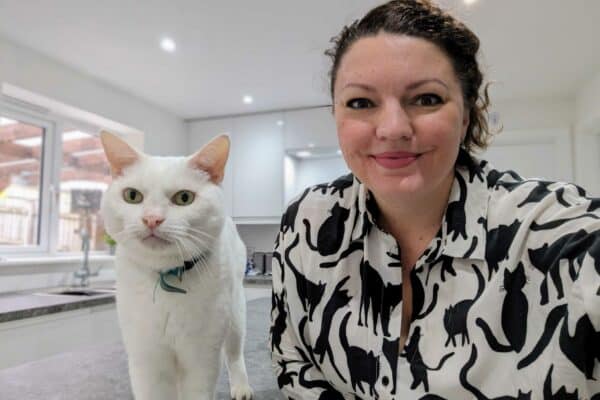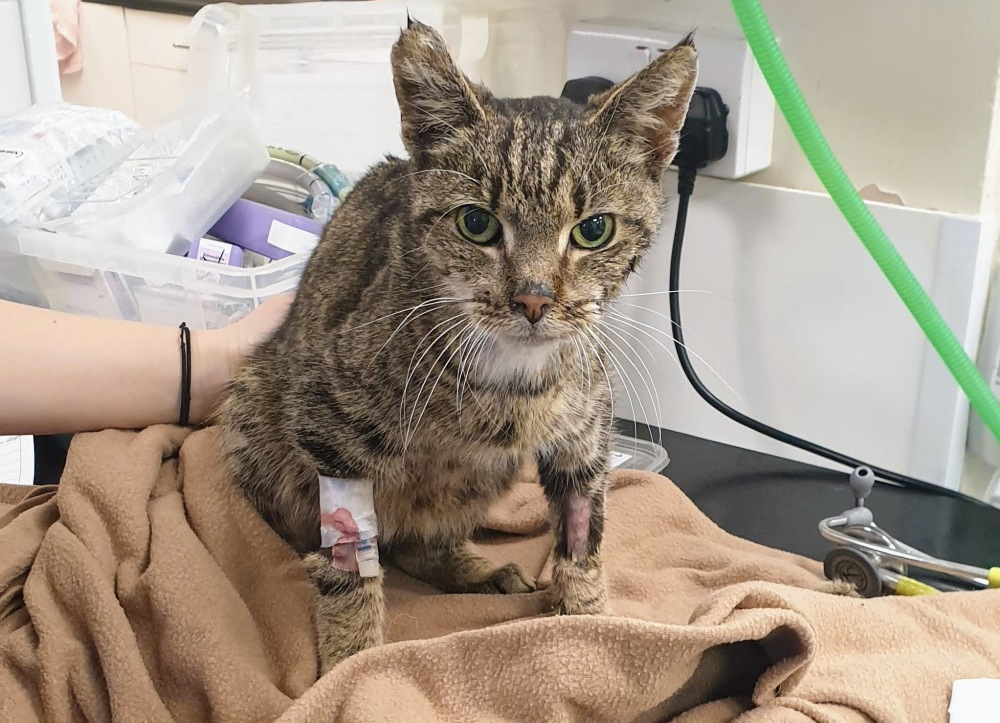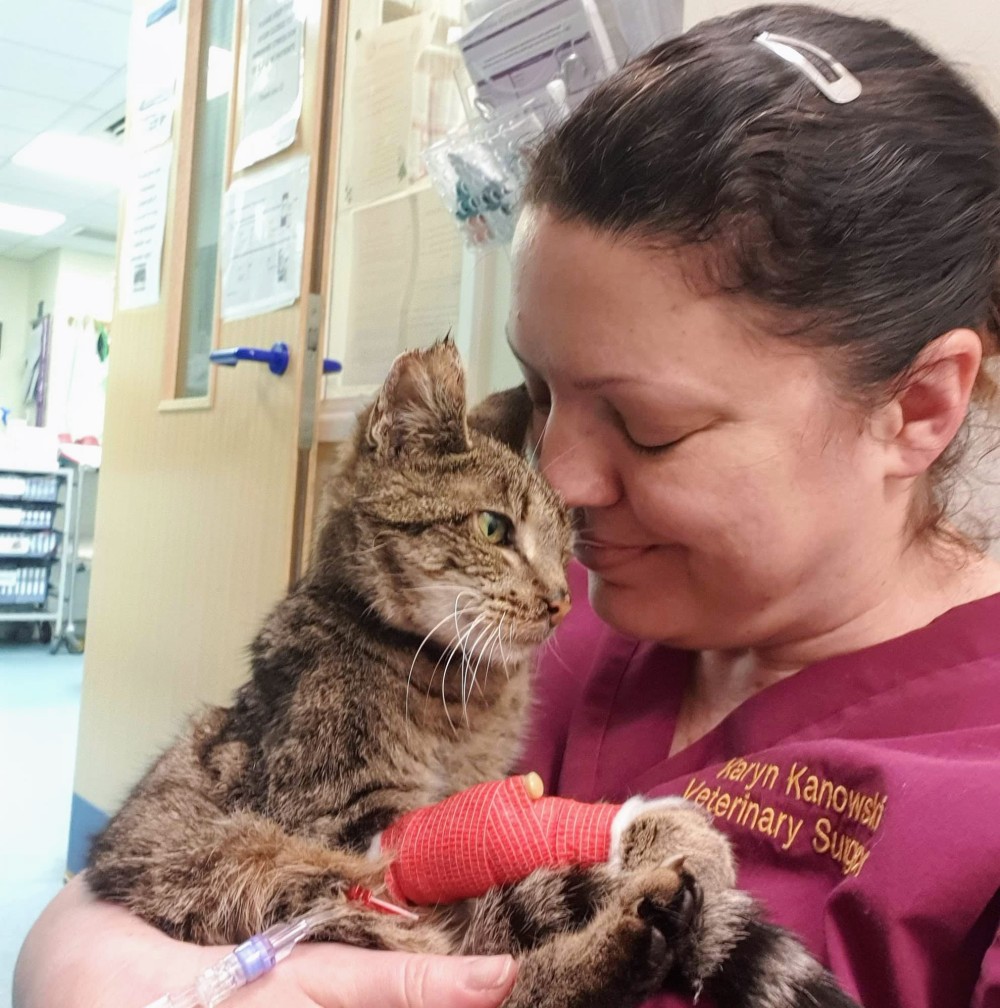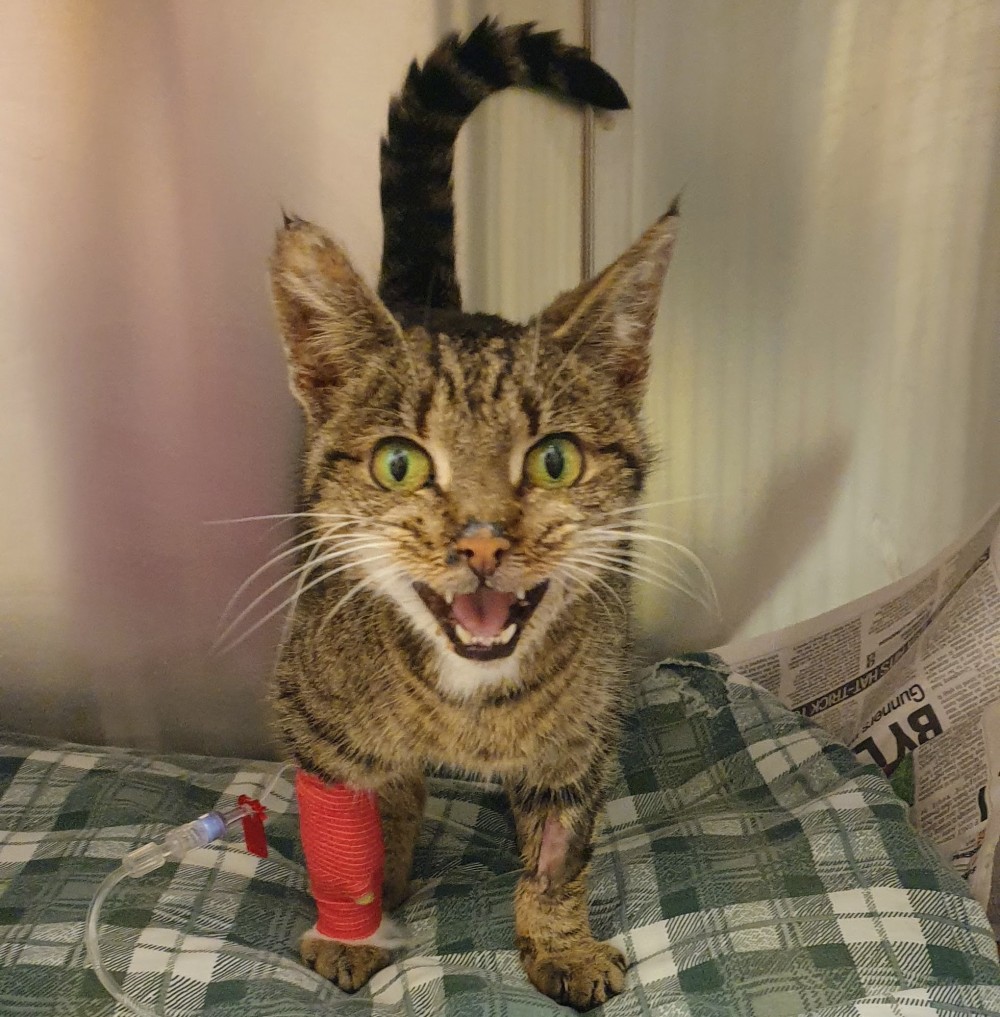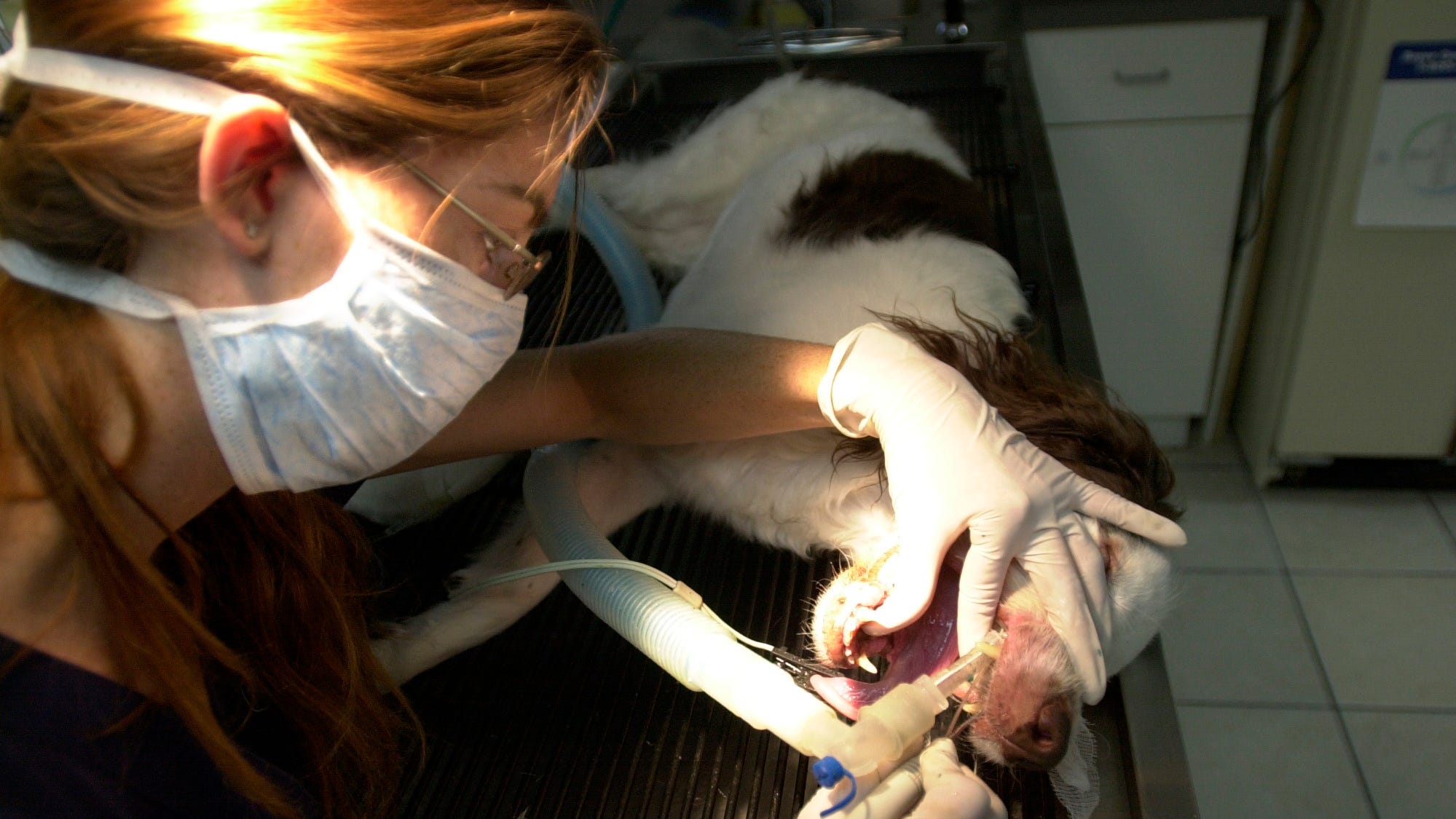Pet Assure is a veteran pet insurance alternative company that has been providing discounted care to pet owners for over 25 years. They entered the market with the first pet insurance employee benefits program. We recently launched the Mint Wellness Plan, a new pet insurance alternative option for pet parents around the world.
Rather than focusing on covering unrelated veterinary expenses, Mint Wellness offers coverage and discounts for routine veterinary care. This plan allows pets of all ages and types for a flat fee. Best of all, you cannot refuse a pet based on pre-existing conditions.
our final decision
Pet Assure Mint Wellness Insurance has a rating of 4.5 out of 5 stars.
Pet Assure Insurance Mint Wellness Plan Review
Strong Points
- Prices do not change depending on age
- accepts pets of all kinds
- No exclusion for pre-existing conditions
- No waiting period
- Includes veterinary discount
Disadvantages
- Redemption limit is low
- Low cap by service type
- There is no cover in case of illness or emergency.
About Pet Asure Mint Wellness
Mint Wellness is a pet wellness plan and not pet insurance. While most dog and cat insurance plans focus on accident and illness coverage, Mint Wellness covers daily care.
It not only covers annual exams, preventive care, and regular blood tests, but also provides reimbursement for grooming, dental, and more. This plan also includes enrollment in Pet Assure's veterinarian discount plan. Now you can save up to 25% off veterinary services when you bring your pet to a participating provider. These savings can be used in addition to reimbursement for routine treatment costs.
Mint Wellness reduces anticipated veterinary care costs, so it's a great option for owners who may struggle to pay high bills but have the extra funds to pay a fixed amount each month for a pet wellness plan is. It's also a good option for owners of puppies, older pets, and pets with pre-existing conditions. While unrelated care for these pets is not covered, routine care is covered to reduce the overall financial burden of veterinary care.
Mint Wellness has three plan types. The Basic option covers common daily care services, while the Essential and Premium plans cover additional care your pet needs throughout the year.
Depending on your location and the cost of veterinary care there, the maximum reimbursement for each service type may or may not cover the full cost of treatment. When monthly fees are taken into account, each plan's maximum total reimbursement is lower compared to sickness and accident plans.
Mint Wellness is available for pets in every state and available at any veterinarian. However, the veterinarian discount bonus only applies to participating veterinarians.
Prices and plans (updated in 2024)
Pet insurance cost comparison
| company |
Example of monthly cost for a dog |
Example of monthly cost for a cat |
learn more |
| Pet Asure Mint Wellness |
$18 |
$18 |
Get a quote |
| lemonade |
$19.44 |
$11.00 |
Get a quote |
| spot |
$36.54 |
$16.51 |
Get a quote |
| Wagumo |
$70.12 |
$30.88 |
Get a quote |
| Trupanion |
$29.70 |
$12.22 |
Get a quote |
| fetch |
$26.89 |
$11.93 |
Get a quote |
Basic policy
The basic policy of Mint Wellness is the basic plan. This plan costs $18 per month, regardless of pet type, age, or health condition.
The Basic Plan covers the most common annual veterinary expenses, including one well-child exam, two vaccinations, regular blood tests, and fecal or urine tests. There is a maximum limit on the amount of reimbursement for each procedure. For example, annual veterinary exams are covered up to $100.
The maximum refund for this plan is $350. The Essential and Premium plans extend coverage to additional daily care items and each have higher annual reimbursement limits.
customization
Pet Assure's Mint Wellness Plan is designed to be uncomplicated. This means that the price for each tier option is the same for everyone. Whether you have an 18-year-old cat, an 8-week-old puppy, or a healthy adult chinchilla, our basic option costs just $18.
schedule
The $18 basic plan includes four routine veterinary services. The annual refund limit is $350.
The Essential plan costs $34 per month and covers three additional daily services. This plan also offers higher reimbursement for vaccinations. The annual refund limit is $650.
The Premium Plan costs $57 per month and includes all the same services as the Essential Plan, plus up to $100 in dental reimbursement. The plan also has higher reimbursement limits for many services such as grooming, well-being visits, and immunizations. The annual refund limit is $1,100.
Plan comparison
|
basic |
necessary |
premium |
| Monthly cost |
$18 |
$34 |
$57 |
| annual cost |
$216 |
$408 |
$680 |
| Maximum redemption amount |
$350 |
$650 |
$1,100 |
| Target service |
Four |
7 |
8 |
| veterinary discount plan |
Attached |
Attached |
Attached |
| Annual deduction amount |
none |
none |
none |
| waiting period |
none |
none |
none |
Deductible amount and charges
Mint Wellness is a straight forward compensation plan. This means there is no deductible that must be met before the plan begins. Rather, it can be used immediately to cover routine care included in the plan type, up to a specified maximum amount.
You can send invoices instantly by uploading them to your account. Refunds are made quickly, usually within 5 business days.
What does Mint Wellness by Pet Assure cover?
The Mint Wellness Plan only covers routine and anticipated veterinary expenses. Veterinary expenses related to illness, accident, or injury are not covered. This plan can be used alone or in conjunction with traditional pet insurance.
Each plan type covers a different number of daily services.
For healthy adult cats, the Basic plan may be the best option, as regular veterinary care will likely include only minimal services. For younger kittens, it may be worth choosing an Essential plan that covers more vaccinations and early preventive care. Also, if you have a senior kitten, it may be worth purchasing a premium she plan, which provides additional annual checkups and dental coverage.
| service |
basic |
necessary |
premium |
| wellness visit |
1 up to $100 |
1 up to $100 |
2 up to $200 |
| vaccination |
2 up to $100 |
3 up to $150 |
4 up to $200 |
| regular blood tests |
1 up to $100 |
1 up to $100 |
1 up to $100 |
| Fecal examination |
1 up to $50* |
1 up to $50 |
1 up to $50 |
| Urinalysis |
1 up to $50* |
1 up to $50 |
1 up to $50 |
| grooming |
X |
up to $100 |
up to $200 |
| preventive medicine |
X |
up to $100 |
up to $200 |
| dental |
X |
X |
1 up to $100 |
*The basic plan includes a stool or urine test once a year.
covered
- wellness visit
- vaccination
- Regular blood tests and screenings
- grooming
- Preventive medicine for fleas, ticks, heartworms, etc.
- dental
not covered
- disease
- injury
- Emergency
- Spay/neuter surgery
- Non-prophylactic drugs
existing symptoms
Mint Wellness only covers routine care, so we don't turn away pets based on pre-existing symptoms or health conditions.
However, these conditions do not fall under the “routine care” category and are therefore not covered by your pet wellness plan.
If you have a cat with a pre-existing condition, choosing a Mint Wellness Plan will cover routine care and save you money, allowing you to spend more money on caring for your cat's condition.
Plus, Mint Wellness includes Pet Assure's veterinary discount plan, so you can save on care for existing conditions, too. All you have to do is choose a participating veterinarian for your cat and receive up to 25% off all treatments, no matter the purpose.
waiting period
One of the great things about Mint Wellness is that there is no waiting period for your coverage to start. This means you can register your pet in the morning and take it for a health check that afternoon and still be covered.
These plans are not affected by health status or age, so there is no need to transfer medical records or wait for a medical exam for coverage.
Reviews from customers
Customers can't say enough about how easy it is to get a refund through the Mint Wellness plan. Most people have no trouble uploading their invoices to their accounts, and most people experience very fast refund rates (within 5 days).
The majority of customers are satisfied with their coverage and reimbursement rates. However, this varies by location. Customers in areas where veterinary care is expensive report that Mint Wellness' maximum reimbursement does not always fully cover the cost of treatment. For example, my dog's last dental treatment cost approximately $1,400, which is much more than the dental expense limit of the Mint Wellness Premium plan.
Customers also have mixed reviews on the veterinary discount plan portion of the coverage. Pet owners in densely populated areas seem to have an easier time finding participating veterinarians than those living in smaller cities and towns.
Overall, pet parents who used the most routine care services throughout the year seemed to be the most satisfied with the Mint Wellness Plan. Those who used only some routine care services ended up paying more in plan fees than the reimbursement they received.
Before signing up for a pet insurance plan or wellness plan like this, consider how much you spend each year on routine care. If you have a large amount, you may benefit from the coverage provided by Mint Wellness.
Frequently asked questions (FAQ)
What types of pets are eligible for the Mint Wellness Plan?
Mint Wellness is aimed at all types of non-human animals. The fee is the same regardless of the pet's type, age, or gender.
Where can I get the Mint Wellness Plan?
Mint Wellness is available at any veterinarian of your choice. Once services have been rendered and fees have been paid, simply submit an invoice for reimbursement from Pet Assure.
How will my refund be paid?
Refunds will be paid to the Venmo or Paypal account connected to your Mint Wellness account. Payment is typically received within 5 days of submission.
What is the Veterinary Discount Plan?
The Veterinarian Discount Plan is another alternative insurance policy offered by Pet Assure and is included with all Mint Wellness plans. With this addition, you can receive an instant discount on veterinary services when you bring your pet to a participating veterinary clinic.
our verdict
Mint Wellness is an insurance alternative unlike most others. It only covers routine pet care and can help you save on veterinary bills you know you'll incur every year.
This plan may not be worth the premium for pets that only see the vet in emergencies, but it's a good option for pets who are cautious about preventive care. It's an especially cost-effective option for kittens and older cats, who often require extended veterinary visits and regular care such as vaccinations, blood tests, and dental visits.
Mint Wellness has three plan types, each of which includes different services. Prices for each plan are set and do not vary based on your pet's breed, health, age, gender, or pre-existing conditions. Best of all, these plans have no deductibles and are activated from the moment you sign up.






View original content to download multimedia: https://www.prnewswire.com/news-releases/moderne-ventures-announces-2024-spring-passport-class-302117369.html


